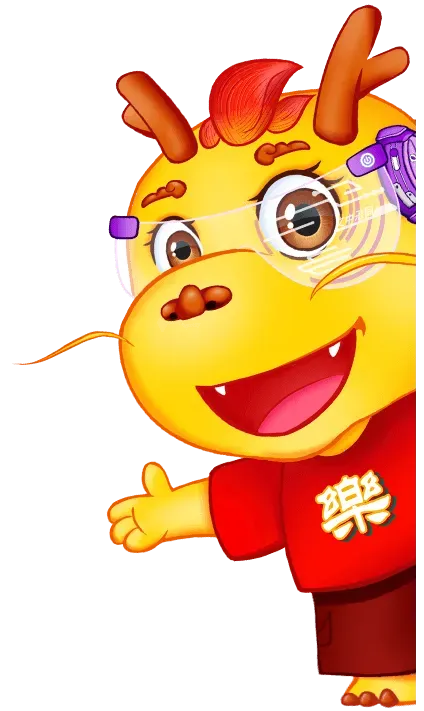Can Kids Learn Chinese Without Knowing Characters? Discover the Secret of Tong Le’s Easy Entry Method
Every time new parents bring their children to try out a class, they almost always leave with “two surprises and one worry.”
The first surprise: “Tong Le teaches so many phrases and classic quotes in the lower grades—my child only knows a few characters, how can they possibly learn?”
The second surprise: “Tong Le’s textbooks for younger students are mostly pictures. Why are they so different from the Chinese textbooks we used when we were kids?”
And the worry: “The lessons are so rich—will the homework be heavy? How much time will we parents have to spend tutoring?”
Today, let’s reveal the answers. Tong Le Chinese is effective, natural, and easy to learn precisely because we have completely overturned traditional ideas and methods of Chinese teaching.
Breaking Tradition: Escaping the “Character–Word–Sentence” Trap
Traditional overseas Chinese textbooks usually follow the order of “characters → words → sentences.” First you memorize characters, then you build words, and only much later can you understand texts and culture. But this “learning language through characters” approach is actually the root cause of inefficiency.
Why? Because language can exist independently of written symbols. Think about it: many in the older generations never had the chance to attend school and learn characters, yet they could speak fluently. That’s because listening and speaking are the true first steps of language learning, while writing is only a tool. Traditional teaching reversed this order, making learning painful, and only a few children could stick with it.
Returning to the Source: Listening and Speaking First
Tong Le’s philosophy and curriculum design return to the natural order of language learning. We skip the traditional “character-first” stage and directly connect sound and meaning through colorful visuals. For example, when learning “east, west, south, north,” children instantly understand the meaning from the pictures and link it with pronunciation. This method not only follows the natural pattern of language acquisition but is also highly efficient.
As a result, even in the lower grades, Tong Le students can easily master over 600 phrases after just Kindergarten and Grade 1—even if they don’t know many characters yet!
Rethinking Assessment: Learning Without Pressure
We also break away from traditional methods of assessment. In a standard system, learning a poem often means children must master listening, speaking, reading, and writing, and be able to retell its meaning. If this “full-chain” assessment were applied to our rich curriculum, parents would understandably feel anxious—that’s the root of your worry.
At Tong Le, we don’t require children to recognize or write down every character from class. Instead, our main focus is repeating phrases and imitating pronunciation—what we call CopyCat. Our homework app is designed exactly for this: children follow along to read characters, phrases, and sentences while AI automatically evaluates their pronunciation and helps correct it. This way, they practice listening and speaking while absorbing culture—without pressure.
And that’s why, at Tong Le, just 10 minutes of homework a day is enough for kids to learn a wealth of phrases and cultural knowledge. Most importantly—it doesn’t exhaust parents.
At Tong Le, children learn Chinese in a “listen and speak, understand by looking” environment. Chinese is no longer an overwhelming mountain to climb—it becomes a joyful treasure hunt full of discoveries.
方法对了,学中文就像呼吸一样自然 | 为什么说同乐课堂是Easy Path? | 海外中文学习秘诀!#同乐中文 #中文学习 #learnchinese #亲子共学 #learn





